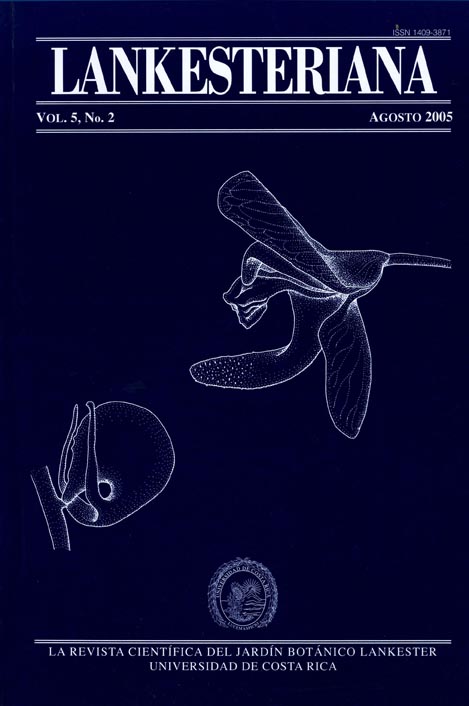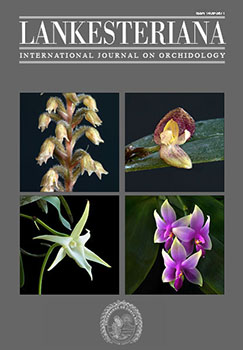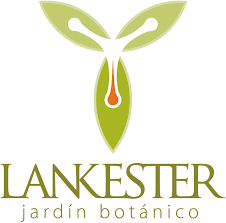Algunas plantas en billetes, boletos de café y cafetales de Costa Rica (1836 – 2004)
DOI:
https://doi.org/10.15517/lank.v5i2.19806Palabras clave:
Numismatics, coins, paper money, coffee tokens, coffee plantations, Acanthus, Guarianthe skinneri, Coffea arabica, Ceiba pentandra, Laurus sp., Myrtus sp., Olea sp., Costa Rica.Resumen
Los billetes bancarios y los boletos de café de Costa Rica incluyen ilustraciones de varias plantas. La hoja del acanto (Acanthus sp.) es utilizada como ornamentación en muchos billetes desde mediados del siglo XIX hasta finales del siglo XX. La ilustración botánica más conocida es la orquídea Guarianthe skinneri, flor nacional de Costa Rica, incluida en el anverso de los billetes de 5 colones emitidos de 1968 a 1992. El grabado más común desde 1935 en las monedas es la rama (bandola) del café (Coffea arabica) con frutos. Los boletos de café, en uso en Costa Rica desde la mitad del siglo XIX, incluyen varias formas de representar al arbusto del cafeto. También se utilizaron boletos con ilustraciones de varias especies de otras plantas, como el mirto (Myrtus communis). La industria cafetalera en Costa Rica tuvo sus inicios en 1840 con las primeras exportaciones y se convirtió en el principal cultivo del país. En este trabajo citamos los nombres de algunas plantas asociadas a la actividad cafetalera, incluyendo algunas malezas, árboles utiliza- dos para definir los límites de los cafetales y para sombra, así como algunas fibras vegetales utilizadas en la elaboración de los canastos para recoger el fruto maduro.
Descargas
Descargas
Publicado
Cómo citar
Número
Sección
Licencia
Conforme con las Políticas de Acceso Abierto promovidas por la Universidad de Costa Rica, los derechos de autor de todos los artículos publicados en Lankesteriana se encuentran bajo una licencia Creative Commons y pueden ser descargados gratuitamente. Los derechos de autor y de publicación pertenecen a la revista bajo la licencia CC BY-NC-ND 3.0 CR.
Before the publication of the materials submitted by the author(s) in LANKESTERIANA, the author(s) hereby assign all rights in the article to the Lankester Botanical Garden.





